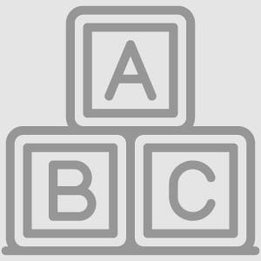Repeated / Close Reading
What is it?
Repeated Reading, or Close Reading, involves the reader developing a deeper understanding of a text, or passage of text, by reading and re-reading the text.
The goal of deep reading is to help pupils internalise the fact that purposeful re-reading and self-questioning are strategies that will help them understand many kinds of complex texts.
There are four key stages to Repeated Reading. At the first stage, the teacher introduces the text and lets pupils know the purpose of their reading of it. Then pupils:
- Prepare and read: skim reading to get the key concepts and details.
- Read closely: a closer look, to understand the structure, patterns and vocabulary used. Ensure your pupils are reading with a pencil in their hand to note down thoughts and concepts as they arise.
- Discuss: the third, and last read where your pupils discuss the text with a partner or a small group. They question each other about the text ensuring they ask questions that will drive each other back to the text to find the answer.
- Write: and finally, this is where your pupils write about the passage of text they have read. This consolidates the learning, and ensures that the content is well understood.
What does the research show?
When deep reading instruction is well implemented – and pupils, whether they are struggling or advanced readers, engage with sufficiently complex texts – teachers report significant gains in reading proficiency (Boyles, 2013).
The findings showed improvement in the students’ understanding of a text and provides implications that the teachers should evolve instructional practices to meet the needs of the common core and allow for students to become confident in reading harder texts. Dakin, Caitlin, “The Effects of Comprehension Through Close Reading” (2013). Education Masters. Paper 237.
A significant body of research links the close reading of complex text—whether the student is a struggling reader or advanced—to significant gains in reading proficiency. (Partnership for Assessment of Readiness for College and Careers, 2011, p. 7).
Most teachers subscribe to the belief that when students can read longer text, that’s what they should read. Although we don’t want to abandon longer texts, we should recognize that studying short texts is especially helpful if we want to enable students with a wide range of reading levels to practice closely reading demanding texts (Coleman & Pimentel, 2012).

